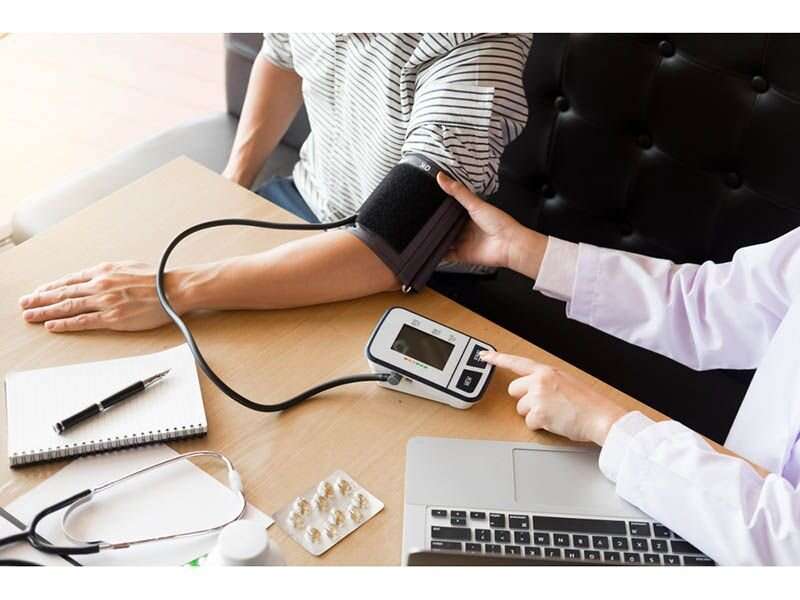
Simplified blood pressure (BP) screening approaches appear to be reliable for diagnosing hypertension without missing many cases, according to a study published online April 1 in PLOS Medicine.
Rodrigo M. Carrillo-Larco, M.D., from Imperial College London, and colleagues quantified the proportion of missed, overdiagnosed, and consistently identified hypertension cases and the 10-year cardiovascular risk in each group. The analysis included 60 WHO STEPS surveys (cross-sectional and nationally representative; 145,174 patients) conducted in 60 countries in six world regions between 2004 and 2019. Nine simplified screening approaches were examined.
The researchers found that across all countries, the simplified approach that missed the fewest cases was using the second BP reading if the first BP reading was 130 to 145 mm Hg/80 to 95 mm Hg (5.62 percent). Using only the second BP reading missed 5.80 percent. Using the second BP reading if the first BP measurement was ≥140/90 mm Hg resulted in the smallest overdiagnosis proportion (3.03 percent) among simplified approaches. In many countries, there were no significant differences in cardiovascular risk between the missed and consistent groups. There was a positive association between cardiovascular risk and missed hypertension depending on the simplified approach.
Source: Read Full Article
